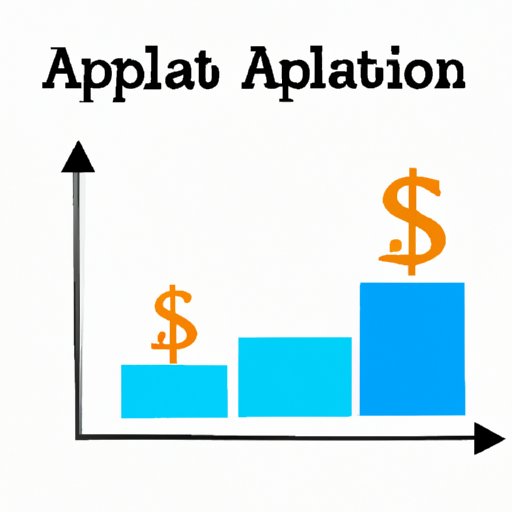I. Introduction
Adoption can be a wonderful way to expand a family and provide a loving home for a child. However, the cost of adoption in the United States has risen significantly in recent years, making it a challenging financial hurdle for many families. In this article, we will explore the reasons behind the high cost of adoption and its impact on adoptive families.
II. A deep dive into the adoption industry
The adoption process in the US can be complex and expensive. It typically involves a home study, legal fees, and agency fees. The home study involves a social worker evaluating the potential adoptive parents’ ability to provide a safe and stable home for the child. Legal fees can be steep as adoption laws vary by state and can involve the birth parents, lawyers, and the court. Agency fees can cover various aspects of the adoption process, including connecting the adoptive parents with birth parents and providing ongoing support. All of these fees can add up quickly.
When adoptive parents pay these fees, they are also covering the cost of services provided by the adoption professionals. This includes the salaries of social workers, lawyers, and adoption agency staff, among others. The fees may also help offset the cost of providing services to birth mothers, such as counseling and medical expenses.
III. Understanding the legal complexities of adoption
Adoption is regulated both by state and federal laws in the United States. The laws aim to protect the interests of both birth parents and adoptive families, and this regulation can make adoption expensive. Some states, however, have introduced legislation in an attempt to make adoption more affordable, such as tax credits and subsidies. However, adoption can still be a complicated and costly process, and laws regulating adoption can vary widely from state to state and can impact the cost.
IV. The hidden costs of adoption
There are other hidden expenses that adoptive families may not expect. These can include travel expenses if adopting from another state or country, medical expenses if the child has any health issues, and ongoing therapy or counseling for the entire family.
V. The impact of adoption supply and demand
The cost of adoption can also be impacted by supply and demand. Some agencies specialize in placing infants, which can be in high demand among families looking to adopt. This can drive up the cost of adoption even further. Additionally, some adoption programs and agencies have exceedingly long waiting lists which increase the total cost and can cause undue stress.
VI. Rethinking adoption fees
Many families may not be able to afford the high cost of adoption and reconsider fostering or other types of family planning in place of an adoption. While adoption fees can cover various aspects of the adoption process, they can also be a barrier to adoption. Some nonprofit agencies or agencies that function on a sliding scale fee structure have arisen to help make adoption more accessible to families of varying incomes.
VII. The emotional toll of adoption costs
The financial burden of adoption can be overwhelming, especially for families who may not have the necessary capital to cover the fees. These families may be forced to make the difficult choice of whether to incur the costs of adoption or to forego it entirely, and this can take a significant emotional toll on those involved. Families who are navigating the adoption process may need to seek counseling or mental health support to manage the anxieties involved.
VIII. Conclusion
In conclusion, the cost of adoption in the United States can be steep and serve as a significant barrier to family expansion. Adoption expenses are driven by various factors, including legal complexities, supply and demand, and the cost of services provided by agencies. The hidden costs of adoption can add up quickly, making it a challenging and potentially unaffordable process for many hopeful families. However, nonprofits and agencies with sliding scale fees may help make adoption a possibility for more families. It is essential to continue the conversation about the high cost of adoption and seek ways to make it more accessible to those who want to provide a loving home to a child in need.
